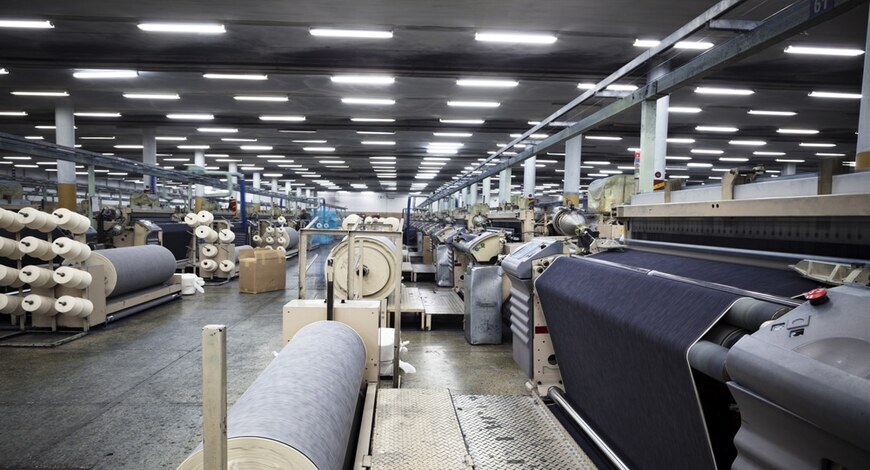The railways industry is one of the oldest and most vital modes of transportation across the world. From the days of steam engines to the modern high-speed trains, railways have continued to evolve over the years, bringing convenience and comfort to millions of commuters and goods transportation businesses alike. Nevertheless, it's not just the sleek, fast trains and locomotives that keep the railways moving - it's the industry fabrics.

Railways industry fabrics are the unsung heroes of train transportation. They are the essential materials that make up the tracks, the railways signages, the seats, the interiors, and even the uniforms of railway staff. These fabrics ensure that trains are safe, comfortable, and equipped for different weather and environmental conditions. Even more, they help keep railway transportation affordable, efficient, and eco-friendly.
Here are some of the top railways industry fabrics that keep the train transportation thriving:
1. Railroad Ties - Railroad ties are the long, rectangular wood pieces that are used to secure the tracks in place. They are treated with preservatives to make them weather-resistant and durable. Railroad ties keep the tracks firmly in place, even in adverse weather conditions, ensuring that trains are safe and can run smoothly.
2. Rail Pads - Rail pads are small pieces of fabric that are placed between the railroad ties and the rail. They cushion the rail and help absorb the vibration that occurs when trains speed over the tracks. This not only makes train transportation comfortable for passengers but also reduces the wear and tear of the tracks and locomotives. Rail pads can be made from recycled materials, reducing the environmental impact of railway transportation.
3. Track Fasteners - Track fasteners are the bolts, clips, and other hardware that hold the tracks in place. They ensure that the tracks do not shift or move when trains are passing over them, reducing the risk of derailment or accidents. Track fasteners are made from various materials, including steel, aluminum, and composite materials.
4. Railway Signage - Railway signage is essential for the smooth functioning of train transportation. It includes safety signs, timetable boards, station name plates, and various other communication materials. Signage must be visible, clear, and well-maintained to prevent confusion and ensure the safety of passengers.
5. Upholstery Fabrics - Upholstery fabrics are used to cover the seats, cushions, and interior surfaces of trains. They must be durable, easy to clean, and fire-resistant. These fabrics can be made from various materials, including polyester, vinyl, and leather.
The railways industry fabrics are as diverse as the trains that run on them. From natural materials like wood to synthetic materials like composites, these fabrics ensure the safety, comfort, and efficiency of train transportation. They are a testament to the industry's resilience and adaptability as it continues to embrace modern technology and sustainability initiatives.
Textile & Industrial Sales Inc. has been a trusted supplier of high-quality railways industry fabrics for over 50 years. Their extensive product line includes railroad ties, rail pads, track fasteners, and various textiles that meet the industry's stringent safety and performance standards. Learn more about their products and services by visiting their website today!